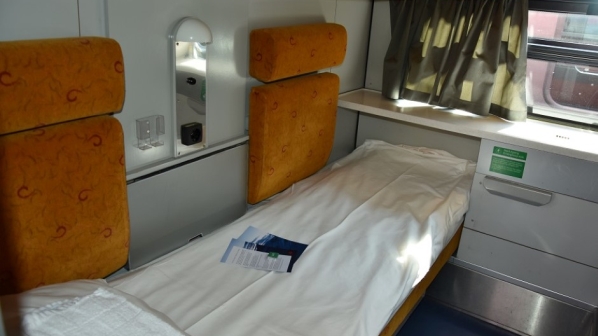The current fleet of 20 WLAB2 sleeping cars was delivered from 1986 and is due to be replaced in the next five to eight years. The directorate says a new fleet would take four to five years to deliver. The coaches, which each have 15 two-bed cabins, are currently used for overnight Oslo - Stavanger, Oslo - Bergen, Oslo - Trondheim and Trondheim - Bodø services.
“We are now working on analysing the results of a large survey of what kind of night services people want,” says project manager, Ms Heidi Midtun. “In the survey, we have questioned those who already use night trains today, and we have asked people more generally about what they think a night train offer should contain.”
During the review, the directorate is also looking at services offered in other countries.
“What we see is that in some countries traditional sleeping coaches are still being invested in, while in other countries there is no investment at all,” Midtun says. “All types of trains can have different decor, both with and without beds. There are many possible solutions that can facilitate night travel.”
The directorate will deliver a report in the autumn, outlining what kind of services should be prioritised.
“We see that the capacity of today's sleeping car service is too small, and our goal is to produce a proposal that both takes into account the wishes of the passengers and which works well for the operator,” Midtun says.
Norway follows several other European countries in investigating the introduction or expansion of overnight services.
In July, the Swedish government directed infrastructure manager Trafikverket to investigate the prospect of launching daily overnight services, which would allow onward connections to several European cities.
A study by the Institute of Mobility Policy (KiM), part of the Dutch Ministry of Infrastructure, released on July 17 concluded that there is a strong case for the reintroduction of overnight services from the Netherlands to other European countries.

